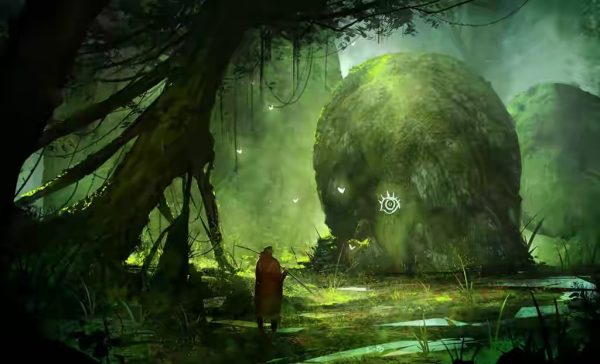Last month I finished my fourth campaign in which I tried to bring my ideas for a Sword & Sorcery wilderness setting to life. While the campaign was overall a great success, and by far the longest of the four, the way the setting came to be actually realized in practice was not at all what I had been aiming for.
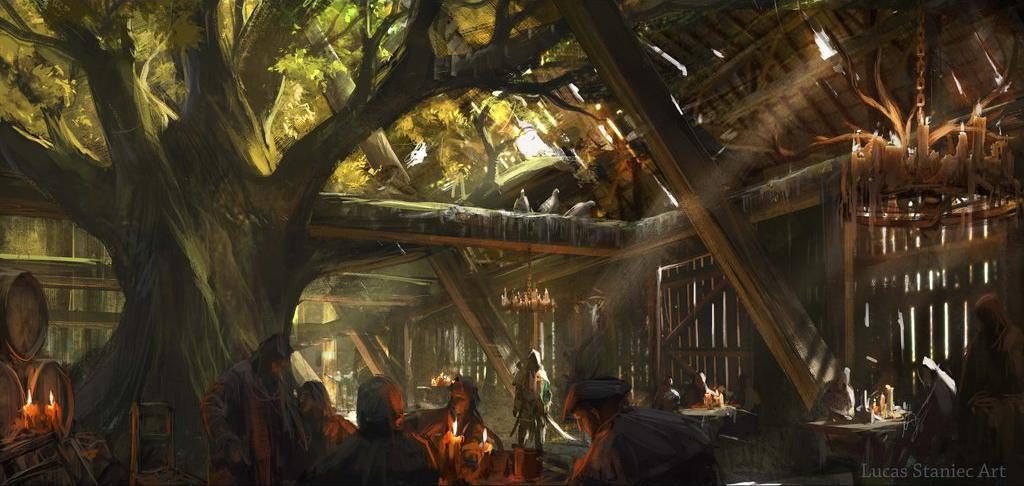 I believe I first had the idea for a Bronze Age Barbarians & Dinosaurs setting some six years ago after reading Robert Howard’s Conan and Kull stories and Edgar Burroughs A Princess of Mars, and remembering my old affections for Morrowind and dinosaur books.
I believe I first had the idea for a Bronze Age Barbarians & Dinosaurs setting some six years ago after reading Robert Howard’s Conan and Kull stories and Edgar Burroughs A Princess of Mars, and remembering my old affections for Morrowind and dinosaur books.
The first attempt was Ancient Lands, which I ended up using in a short lived Pathfinder campaign. Not being happy with the result I tried reworking it as Lands of the Barbarian Kings for the low-level E6 variant for D&D 3rd edition. Still unhappy with the results, I brought back the same basic ideas when I got interested in rules-light oldschool RPGs as Ancient Lands (v.2), first for Astonishing Swordsmen & Sorcerers of Hyperborea and later Basic Fantasy. After that campaign I threw a lot of material and ideas out once again to get a better focus on the elements that really mattered for my core concept in the form of Green Sun. Which I wanted to run in original B/X, but convenience at the moment led to me giving it a shot with D&D 5th edition instead. Which again, also didn’t really lift of, ignite, or whatever other metaphor you want to use.
Some of the players actually really tried to dig into the setting that I had outlined in a basic overview file. Which I really did appreciate, but at that point, the events of the campaign and goals of the party had already set the future adventures down a pretty clear path. And I didn’t feel like I wouldn’t be able to keep the great quest coherently together if we were to set out to new unrelated detours. Maybe it would have been possible to do, but at that point I was already clear on not wanting to run D&D 5th edition any more than necessary. Keeping a straight heading towards the ultimate goal of the party to conclude the campaign and then start over with something else seemed the much preferable option to me.
Looking back at all the campaigns now, it seems pretty obvious why each one only brought a slight incremental improvement towards realizing my concept, but never making an actual breakthrough. Each time, for reasons of convenience, I ended up running some variant of Dungeons & Dragons again. And at the heart of all the sweet, sweet awesome ideas I have for a Sword & Sorcery campaign in a Barbarians & Dinosaurs setting, is that I want it to be specifically not like Dungeons & Dragons.
I don’t have anyone to blame for this but myself, but still, curse the tyranny of market leader!
At first I was genuinely thinking that my ideas should work with D&D without problems. Dark Sun did it, right? (I’m not sure, I never got to actually see Dark Sun in any kind of prolonged action, and lots of settings look much better on paper than in play.) Going from regular Pathfinder to E6 with limited classes and my own bestiary seemed like a sufficient solution. Looking around on my site, it’s actually been almost exactly two years since I had great ideas for trying make the setting concept work better with Apocalypse World. But at some point I got interested again in the dungeon and wilderness exploration system of B/X and thought that would work just as well. That I thought 5th edition could be a suitable substitute when response to a B/X campaign invitation was muted is just my own damn fault. I got seduced by the warlock class.
I think the problem is not just strictly with the mechanics. D&D and it’s derivatives all circle around the permanent hunt for XP and climbing the ladder of level advancement. And the way the combat systems are designed, they are really made for lots of smaller fights rather than the occasional big ones. It’s also, which might be even more important, that playing D&D brings with it huge amounts of expectations from the players. And as a GM, I am always very conscious of not acting like the kind of jerk GM who tells the players how to play the game correctly, even if I had something else in mind for how the tone and dynamics should play out in action. I understand the role of the GM to be an entertainer, not a conductor. I make it possible for the players to play their story, I don’t direct them to play my story. With the group I had for the Inixon campaign, the players really were interested in exploring the world that I had prepared, which makes me feel that I am at least on the right track with my ideas. But I just never could consider telling them to stop playing like it’s D&D. I invited them to play D&D and they joined the game being excited to play D&D. That’s just not something you do as a GM.
But now the campaign is concluded (actually concluded and not just sputtered out and abandoned), and while it wasn’t the epic grand finale that you always imagine to get, it still ended with fighting a giant snake on the roof of a tower rising above a ruined city, it’s shattered body being slain by arrows and magic bolts, in mid-transformation into a sorceress after being blown over the edge by one of the warlocks. That’s still pretty metal.
After having distracted myself for a couple of weeks with the preparation for a Star Wars d6 campaign (which still has to wait until later this year), I am still drawn back to the lizard infested jungles to once more try it better. I had considered Barbarians of Lemuria several times over the years, but with the many lessons learned from the Inixon campaign, I now feel more certain than ever that I really should go through with this. It’s a rules light game that is very quick to set up and easy to learn, giving it a very low entry barrier for new players. And if any players bring existing assumptions about a BoL campaign with them, it’s probably something like Conan the Barbarian, which in this case suits just fine. Maybe it will be a bit of an uphill battle to get even just three or four players together for that, but I now feel that this will be necessary to make the setting concept work, and there are no easy shortcuts around that. D&D is no longer an acceptable substitute.

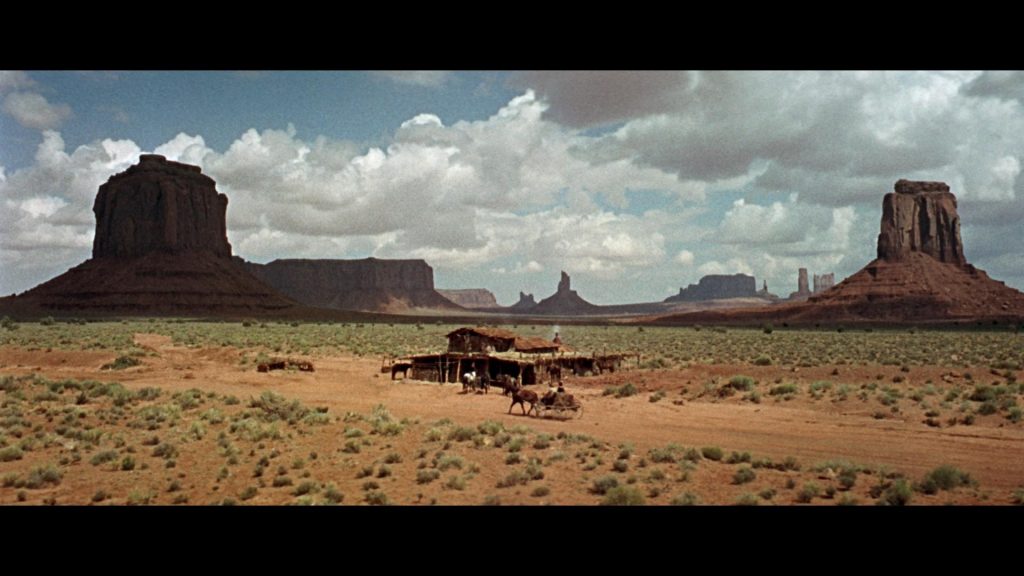
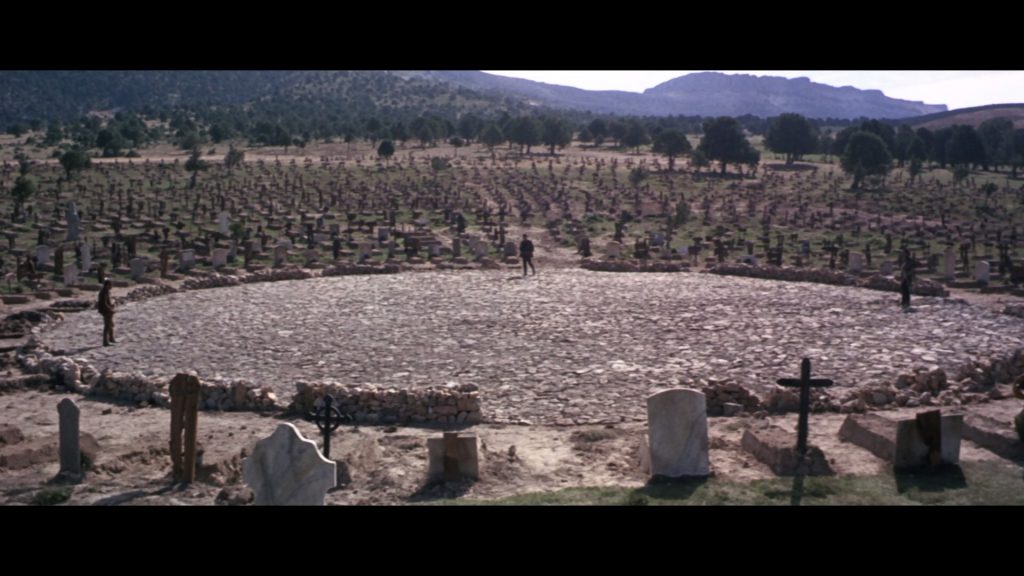
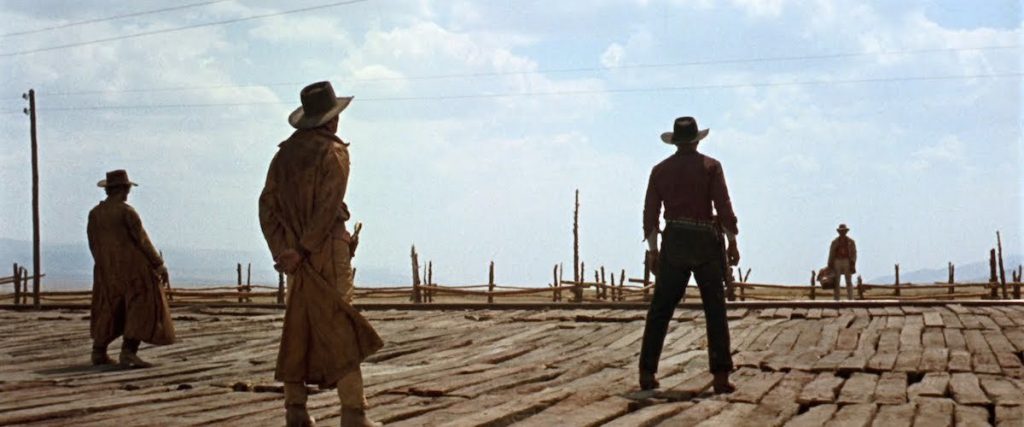
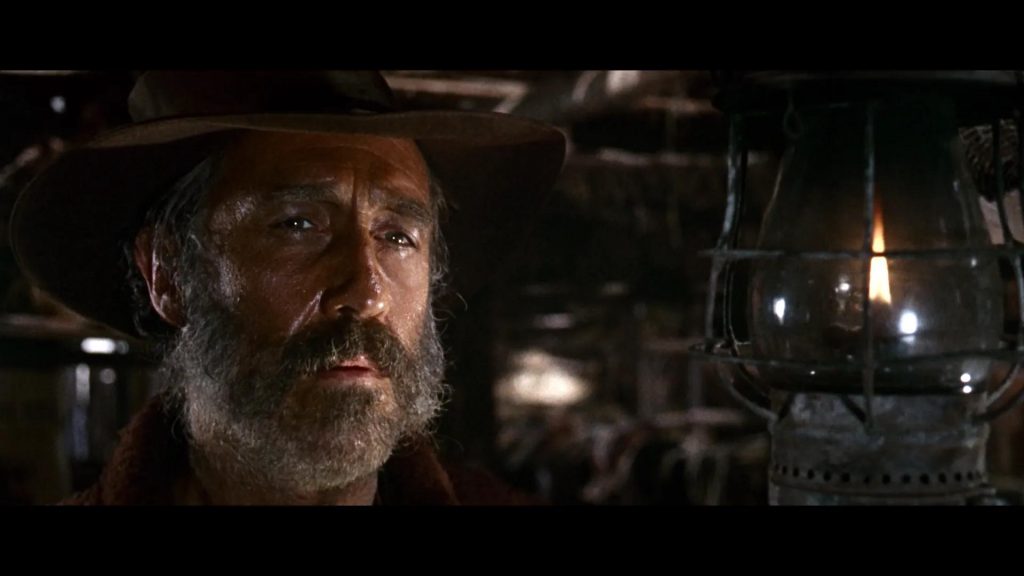

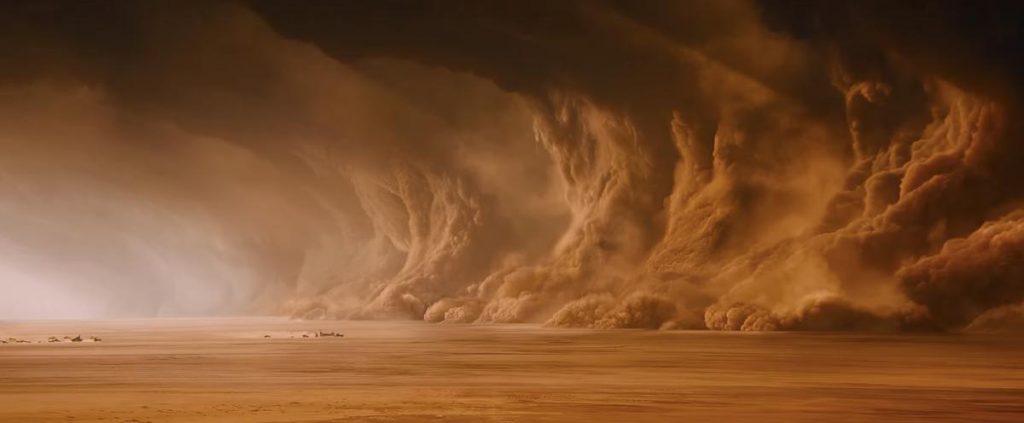
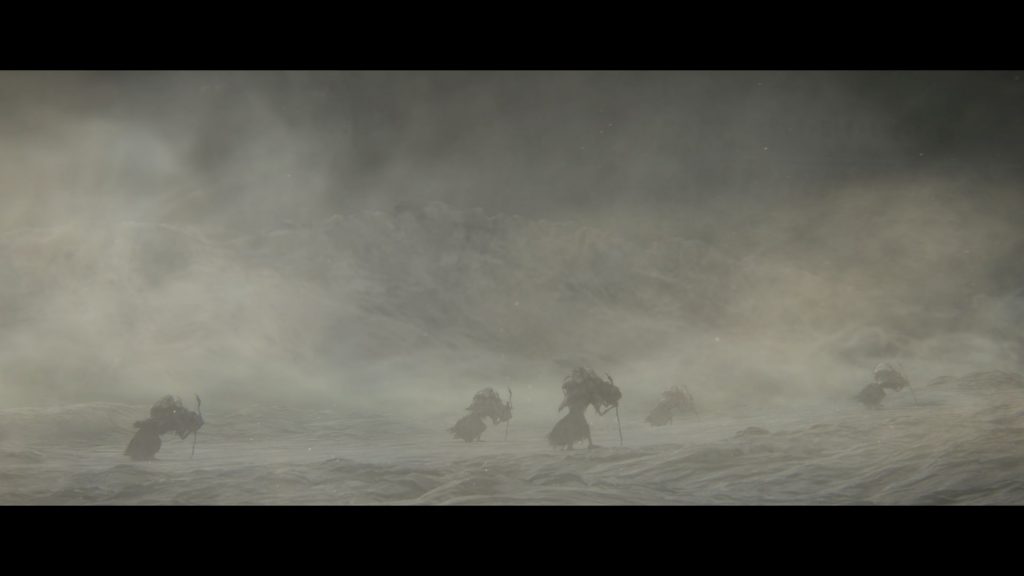
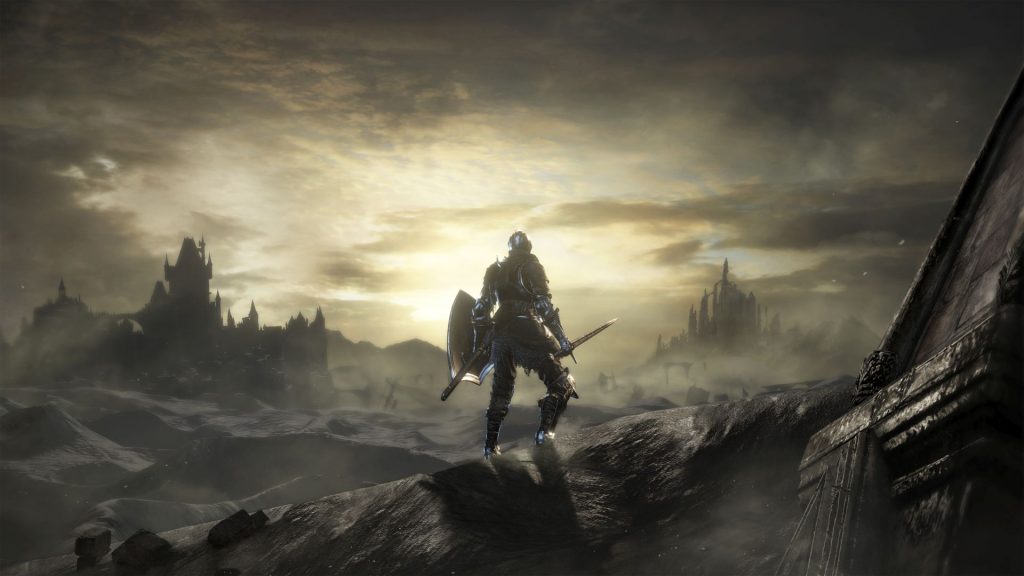
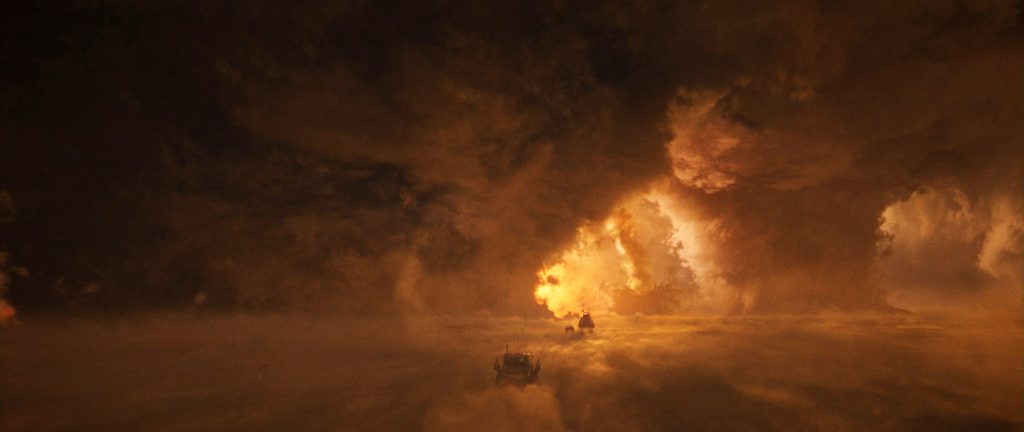
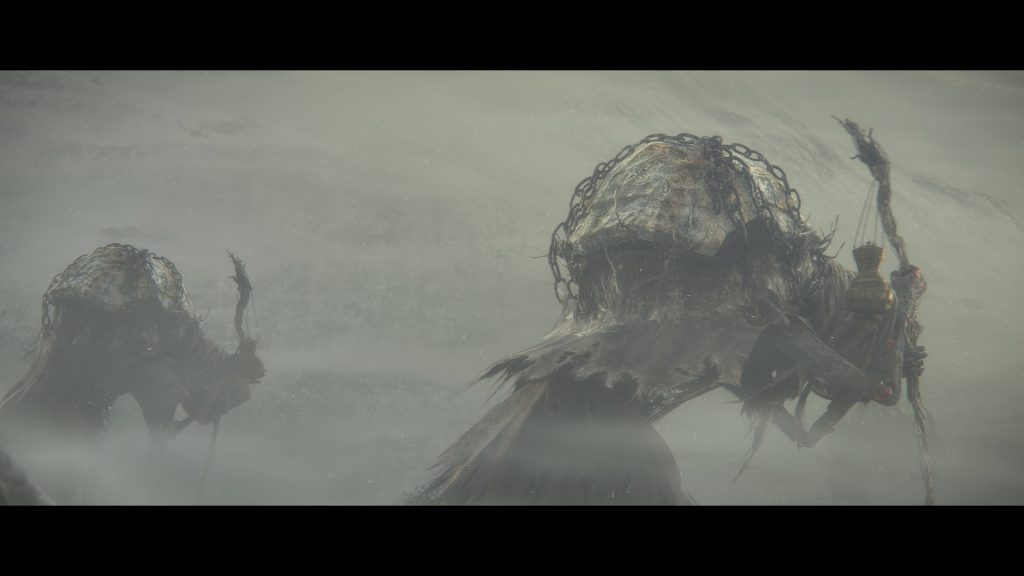
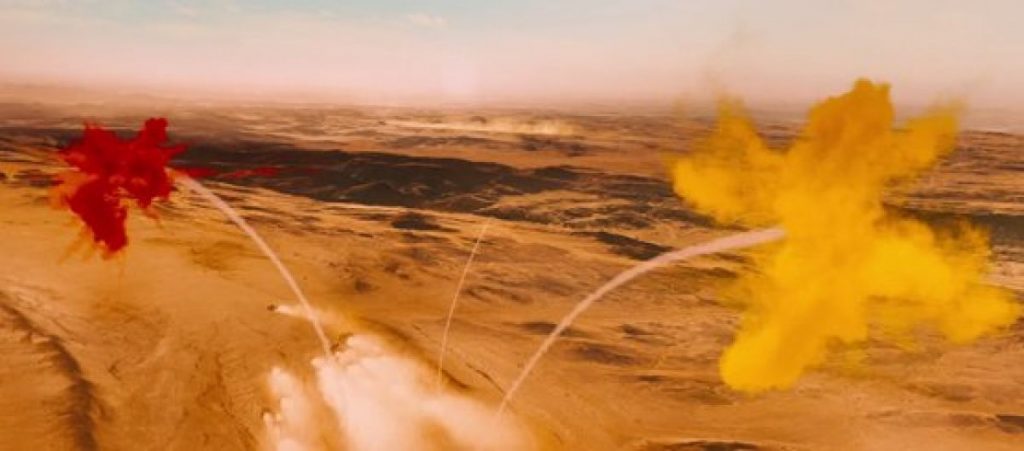
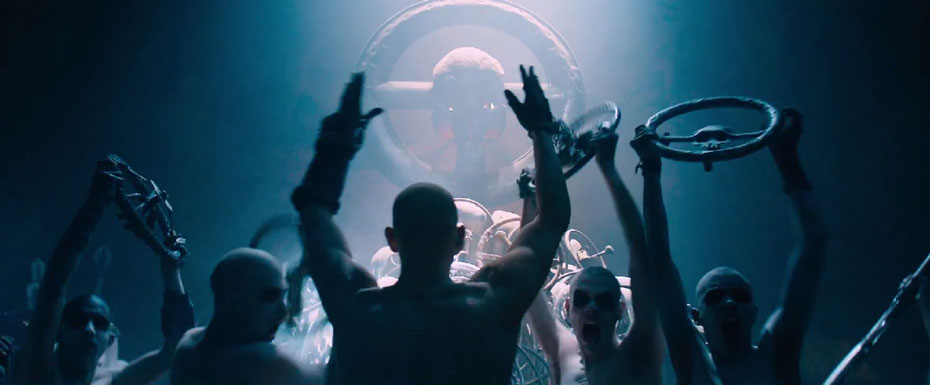
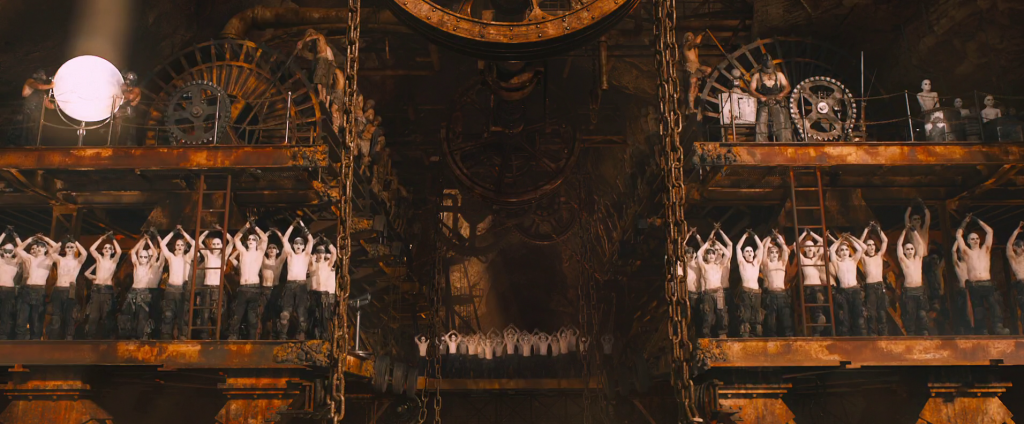
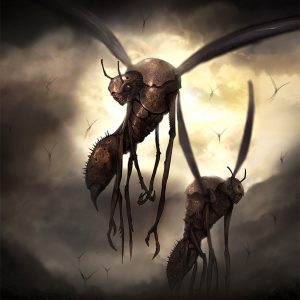 Giant Bee
Giant Bee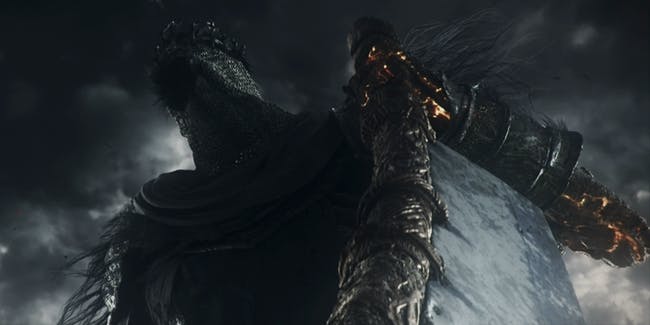 But today I was seeing a trailer for the new From Software game
But today I was seeing a trailer for the new From Software game 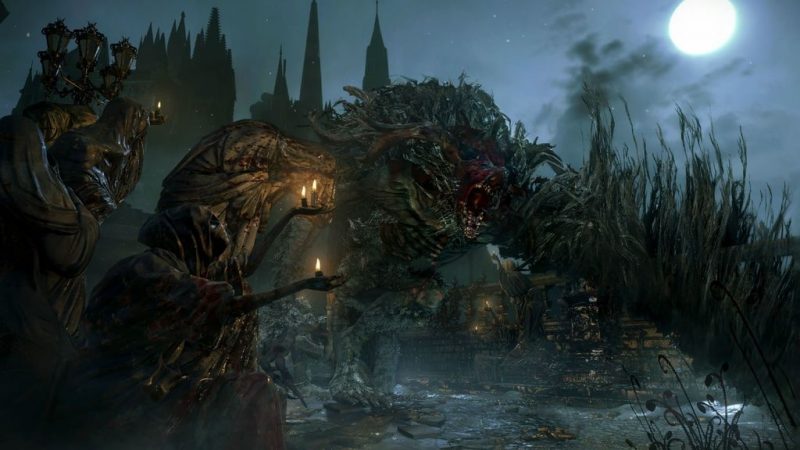 I think the first thing that stands out are the boss monsters. They are not simply just boss fights. With some exceptions like the Capra Demon, most of the prominent ones are unique beings with a specific backstory and context. And equally important, they have powers that make them stand apart from other monsters and a very different kind of threat. When you take our own everyday world as your frame of reference, then a minotaur, centaur, or satyr would be an amazingly strange creature and great threat. But when you are already in a fantasy world, then even a minotaur doesn’t have anything supernatural or divine about it.
I think the first thing that stands out are the boss monsters. They are not simply just boss fights. With some exceptions like the Capra Demon, most of the prominent ones are unique beings with a specific backstory and context. And equally important, they have powers that make them stand apart from other monsters and a very different kind of threat. When you take our own everyday world as your frame of reference, then a minotaur, centaur, or satyr would be an amazingly strange creature and great threat. But when you are already in a fantasy world, then even a minotaur doesn’t have anything supernatural or divine about it.